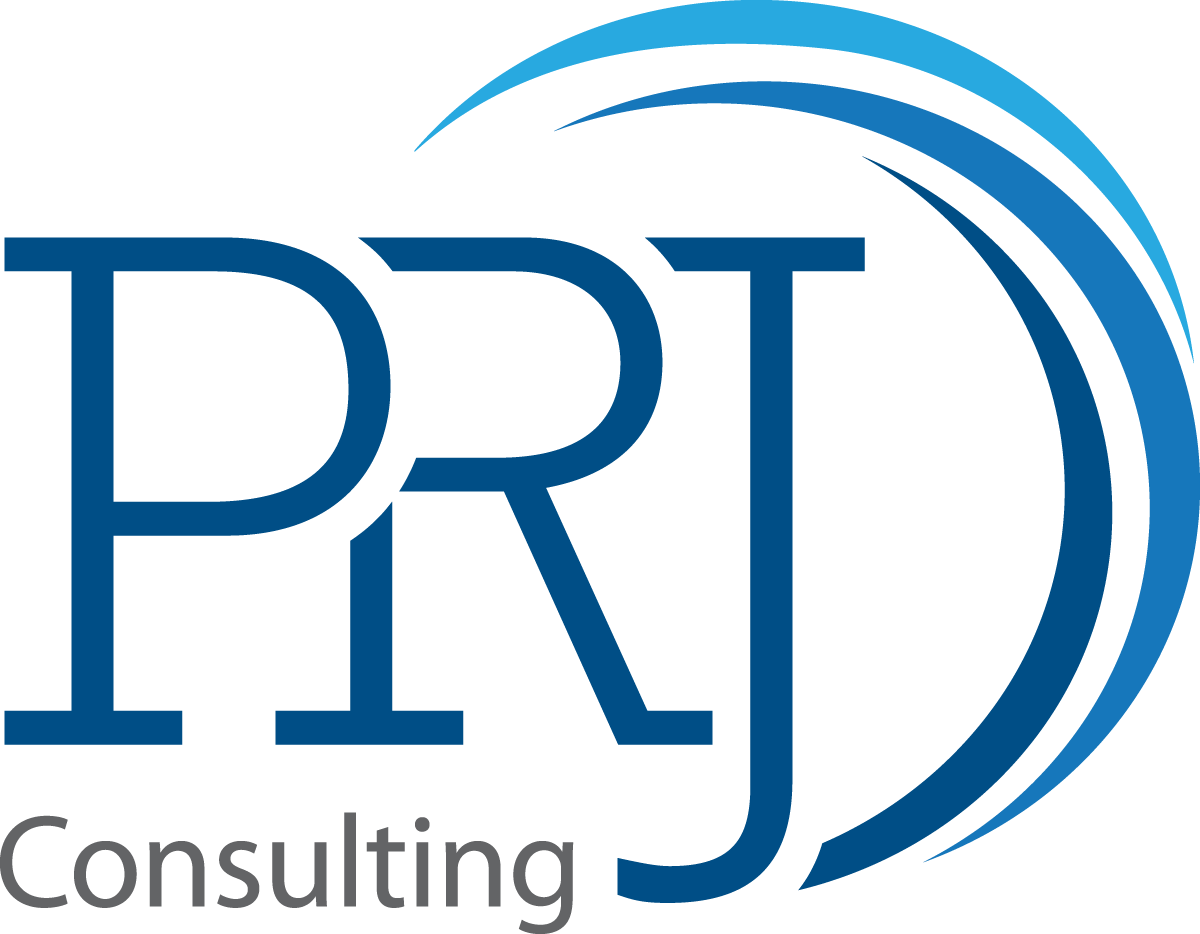What HR Needs to Do Before (and After) a Layoff or Restructure
Your guide to navigating tough moments with clarity, care, and compliance
Whether driven by budget pressure, strategic shifts, or organizational realignment, layoffs and restructures are among the hardest responsibilities an HR leader can face. These are not just logistical events—they’re deeply human moments with lasting impact on culture, trust, and reputation.
At PRJ Consulting, we’re seeing a growing number of small to mid-sized organizations—both for-profit and nonprofit—grappling with the realities of staff reductions or structural change. And while there’s no way to make these moments easy, there is a right way to prepare and support your people throughout the process.
Here’s what HR leaders should be doing before, during, and after a layoff or restructure to ensure fairness, transparency, and long-term organizational health.
1. Before: Get Aligned, Be Strategic
Before any announcement is made—or even drafted—HR’s job is to ask the tough questions:
What’s the real goal of the restructure?
Clarify whether it’s cost savings, operational efficiency, leadership changes, or re-prioritizing functions.Have all alternatives been explored?
Could roles be repurposed? Could hiring be frozen? Could hours be reduced before eliminating positions?Are we clear on the selection criteria?
Avoid arbitrary decisions. Use objective, documented criteria (such as job redundancy, skills alignment, performance, or business need) to reduce bias and legal risk.Have we mapped out the impact?
Understand how changes will affect teams, workloads, morale, and DEI commitments.
Tip: This is the time to engage compensation consultants if pay structures are being adjusted, positions are being consolidated, or executive compensation needs review.
2. During: Communicate Clearly and Humanely
How you deliver the news matters as much as what you’re saying. HR plays a critical role in helping leadership craft and deliver messaging that is:
Transparent: Be honest about the “why,” while avoiding unnecessary blame or speculation.
Consistent: Ensure all affected employees receive the same core message and support.
Compassionate: Respect privacy, emotions, and dignity throughout the process.
Support departing employees by:
Offering severance where possible
Extending benefits (or COBRA support)
Providing outplacement services or referrals
Writing letters of recommendation if appropriate
Tip: Have managers and HR aligned on talking points—and give them space to rehearse conversations before they happen.
3. After: Rebuild Trust and Stability
The work doesn’t end once notifications are made. Your remaining team will be looking for reassurance, direction, and clarity.
Here’s what HR can do post-layoff:
Acknowledge the change: Don’t pretend nothing happened. Speak to the emotions and the path forward.
Clarify roles and expectations: Especially if responsibilities have shifted or teams have been consolidated.
Listen: Create space for feedback, questions, and concerns. Town halls, surveys, or 1:1 check-ins can all help.
Reinforce purpose and stability: Share updated goals, vision, and the organization’s commitment to its people.
Tip: Now is a good time to revisit total rewards strategy—are you supporting retention and engagement with the team that remains?
Layoffs Are Hard. Doing Them Thoughtfully Is Non-Negotiable.
HR leaders often carry the emotional and operational weight of layoffs. You’re not just protecting the organization legally—you’re holding the line for its humanity.
At PRJ Consulting, we help organizations prepare for and recover from these moments. Whether you need support with communication, compensation strategy, or rebuilding your HR structure post-change, we’re here as a partner in the process.
Need a Thought Partner in a Difficult Time?
You don’t have to navigate this alone. PRJ Consulting works with small to mid-sized organizations to make tough transitions clearer, fairer, and more aligned with their long-term goals.
Reach out today for confidential support and strategic HR guidance.


